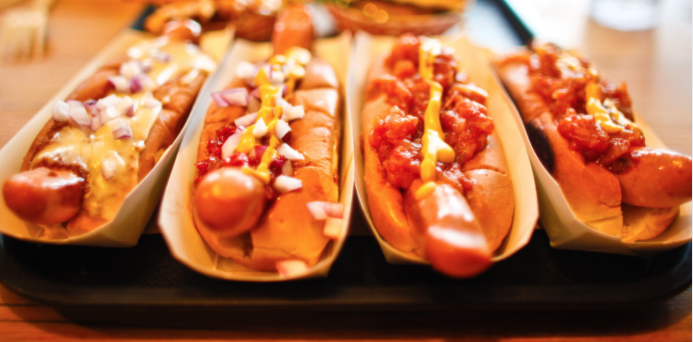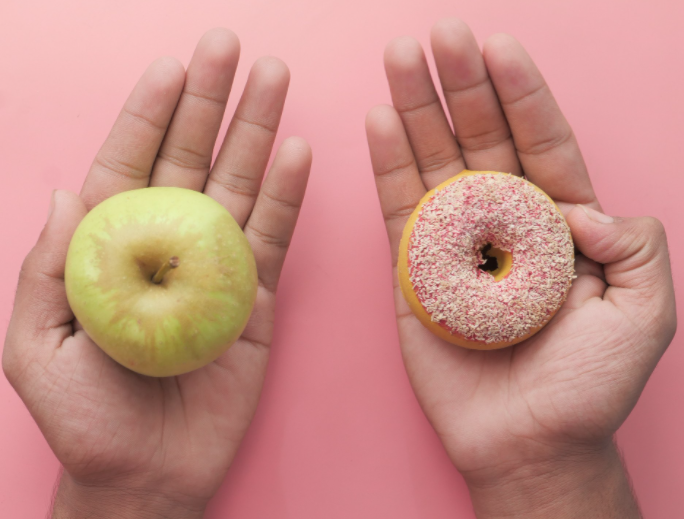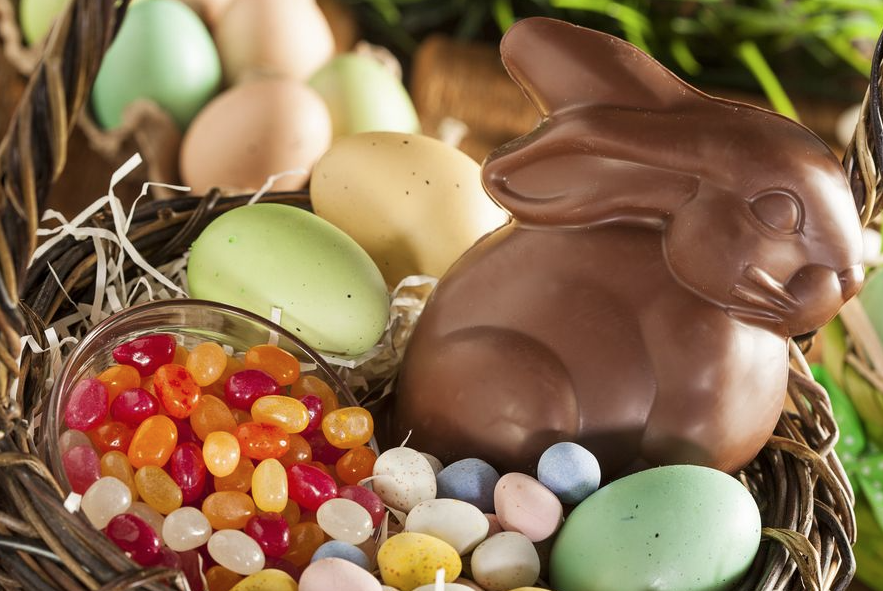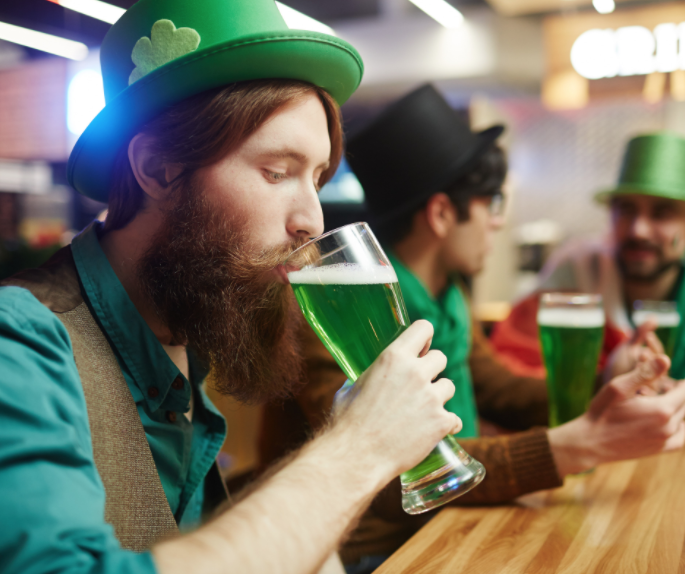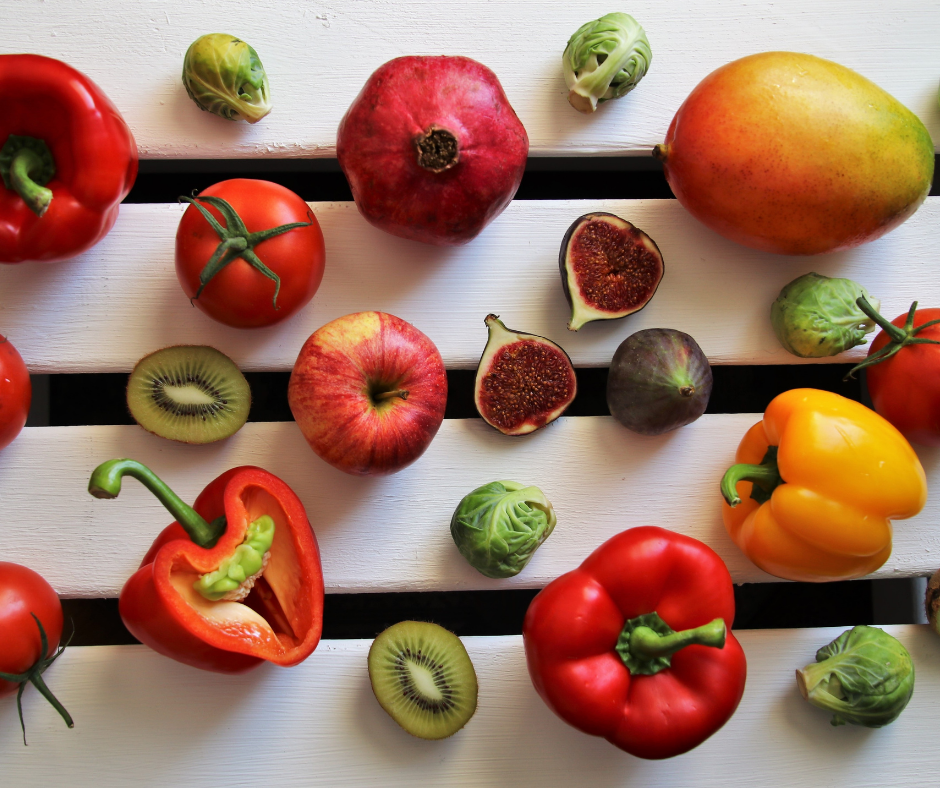By: Heidi Wagenbach
“There’s a definite connection between stress and our appetite– but that connection isn’t the same for everyone… Some people overeat when they feel stressed, and other people lose track of their appetite… Those who stop eating are so focused on their stress that they don’t hear their hunger cues… Those who overeat are attempting to distract themselves with food.”
– Susan Albers, psychologist
Hi, Captain Obvious here: we’ve all been stressed before. Whether that be freaking out over a job interview or going on a date, the way your brain and body reacts affects how you process stress. Even if the stressor is positive, you could feel anxiety, depression, and possibly a ravenous hunger. Or, you may shut down entirely (like I do), not wanting to even think about eating when there is so much to do and so little time to do it in.
Just these past two months, for example, I moved houses. Combine that with taking the Practical and Pastry Series in the evening, renovating the rental, working 30 hours a week, shopping for groceries and furniture, getting my first COVID vaccination (I could go on)… I was a roller coaster of emotions, eating hardly anything certain days, then craving copious amounts of sweets another.
Do I think all of those were correlated? Absolutely.
So why do some people eat more and others not at all?
Cortisol: The Stress Hormone
Stress releases cortisol, which in turn makes you crave sugary, salty, and/or fatty foods because the brain thinks it needs the fuel to combat whatever threat is causing stress. Glucose (the primary source of energy) is then subjected to the bloodstream, which triggers the flight or fight response (the old, subliminal survival mode we never got rid of in our years of evolution as a species). Once the threat is gone, our blood sugar drops, and our body works overtime to replenish the energy quickly. Cravings hit, and when we give into indulging chocolate or cake, our bodies are more likely to store the sugar, form abdominal fat, and gain weight.
Stress slows your metabolism as well. A study conducted showed that participants who reported a stressor within 24 hours burned about 105 calories less than non-stressed people after eating a high-fat meal. This means that there is the potential of gaining 11 pounds over the course of a year if continuing down this stressful path.
Unhealthy Habits When Stressed
Emotional eating
(Or craving unhealthy food when you’re experiencing a negative emotion like sadness; eating more than you normally would/continuously snacking)
Eating “accessible” or fast food
Exercising/sleeping less
Skipping meals

Overeating
Many adults who overeat say there are undesirable consequences, such as feeling sluggish, lazy, and bad about their bodies.
Statistics:
- 38% of adults say they have overeaten/eaten unhealthy foods in the past month because of stress, half of them report engaging in these behaviors weekly or more
- 33% of adults who report overeating or eating unhealthy foods say it’s to distract them from stress
- 27% of adults say they eat to manage stress; 34% say this is a habit
Undereating
People who chronically undereat have equally damaging symptoms as well, including hair loss, fatigue, constipation, skin problems, and getting ill more often. This could also lead to infertility and/or malnutrition.
Statistics:
- In the past month, 30% of adults report skipping a meal because of stress; 41% of adults report skipping a meal weekly or more
- 67% who report skipping meals attribute it to a lack of appetite; 26% say it’s because they didn’t have time to eat
- 22% report becoming irritable
How To Help
While stress is a natural part of life and I don’t think there will ever be a world where everyone is carefree and without worry, there are some steps to take that will help you avoid eating poorly or not at all when you feel overwhelmed.
- Be mindful of what triggers stress eating and be ready to fight the urge
- Have healthy snacks/eat healthier comfort foods (i.e. popcorn), which will help regulate blood sugar
- Exercise regularly
- Reduce anxiety where you can (i.e. at work, have a stress ball in your desk drawer or take a few deep breaths)
- Drink enough water
- Start a food journal (friendly reminder to not limit yourself entirely from the pleasures of life; most diets cause more stress for people when being so regimented)
Conclusion
For a lot of people, the relationship with food is a struggle; it’s a never-ending battle. To either binge or limit food when you’re not feeling hungry, preoccupied with the stress in your life, is not a solution. You shouldn’t feel guilty about nibbling on a rich dessert once in a while if you take care of your body. But if you find that you’re continuously repeating the same unhealthy habits (eating too much, or not enough) over and over again, then something needs to change. I’m feeling a lot better about where I am as opposed to where I was. Sometimes, realizing what you need to do to help yourself in the long run is tough, intimidating, terrifying even. Ultimately, you have to see the bigger picture and find what makes you happy, and for many, that begins with changing the way you eat.
Sources:
How Stress Can Make You Eat More — Or Not At All
Stress and Eating: American Psychological Association
How Stress Can Cause Weight Gain: The Role of Cortisol in the Body


